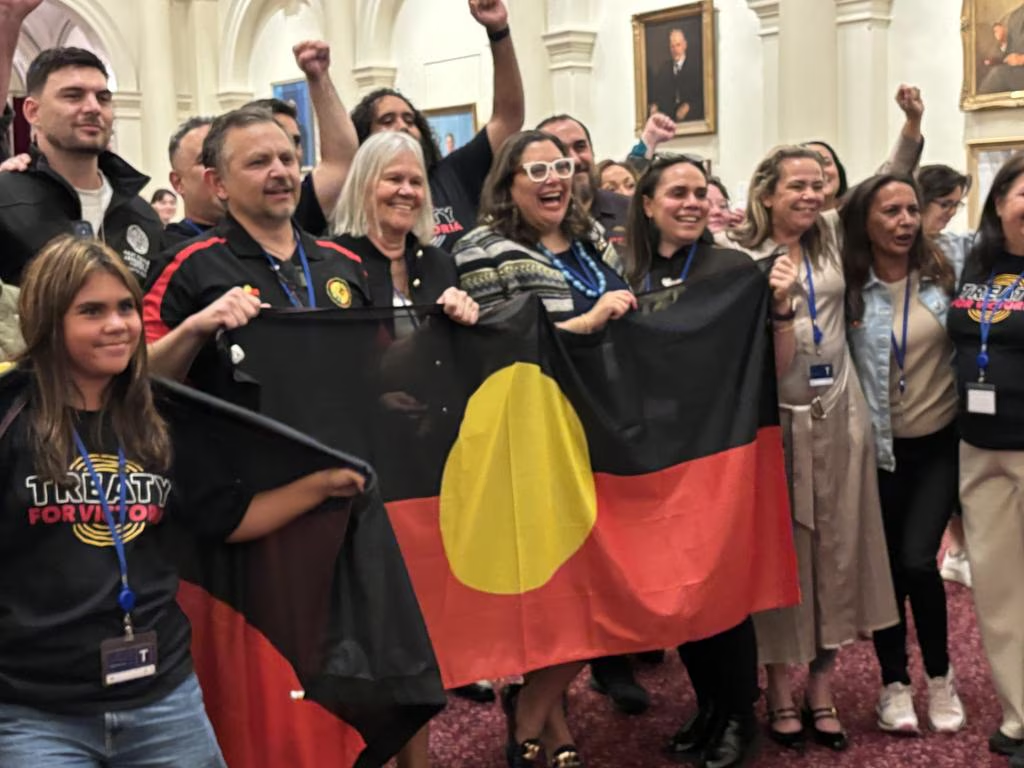Rates warning as dole queues rise

Markets were shocked last week when Aussie unemployment jumped to a four-year high, putting interest rate cuts back on the agenda.
But should they have been?
Aussie job creation has been dominated by the public sector ever since Anthony Albanese came to power. Some 80 per cent of all jobs were sponsored by the state and federal government.
In particular, the National Disability and Insurance Scheme was pumping out funding for positions like it was going out of style.
But that fiscal spending boom has passed. Now, both the federal and state governments are cutting back and aiming for budget repair.
It should be no surprise that this has slowed public sector job creation dramatically.
The hope was that the private sector would pick up the slack with interest rate cuts. But, so far, it hasn’t. There are reasons to think it will be slower than normal to respond for a while yet.
MORE: Australia’s next population hot zones revealed
The two most interest rate-sensitive private sectors, which usually carry the economy and jobs growth higher after a period of fiscal stimulus, are dwelling construction and consumption.
But both of these are moribund. A series of policy failures has stalled new dwelling construction, including energy costs, land costs, and labour shortages, which have made it uneconomic to build a large pipeline of approved houses and apartments.
Meanwhile, the consumer was enjoying a surge of pent-up demand from early rate cuts but is again being shocked by a round of energy bill inflation. Or, rather, the delayed shock of the Ukraine War is returning after public sector energy subsidies end (now that the news cycle has moved on).
MORE: Australia’s worst suburbs for mortgage stress revealed
Thirdly, immigration is still booming, meaning that the break-even jobs rate, the number of jobs per month that need to be created to keep unemployment stable, is still very high at around 25k per month.
The labour market has not hit that target since April and has only averaged 4,460 jobs created per month since then. At the current rate of job growth, the unemployment rate will rise a little more than one basis point per month unless the private sector accelerates or immigration falls away.
The private sector is barely hiring for the time being, so we can expect a period of immigration adding to the dole queue.
For the RBA, the trade-off between the labour market and inflation is relatively simple. If unemployment is allowed to rise towards 5 pre cent, we will have lost all of the labour market gains we enjoyed thanks to the Covid spending boom and closed borders.
The RBA is on record saying it does not want to see that outcome, and why would it, given that period generated below-target inflation throughout with a similar jobless rate.
However, the Bullock RBA doesn’t believe in itself enough to look forward in the manner of this article. It drives through the rear vision mirror and waits for old data to confirm conditions, meaning it is always behind the curve.
This doesn’t mean rates will not go down.
On the contrary, it means unemployment will go up more than it should, and then the RBA will cut more than it had to.
David Llewellyn-Smith is Chief Strategist at the MB Fund and MB Super. David is the founding publisher and editor of MacroBusiness and was the founding publisher and global economy editor of The Diplomat, the Asia Pacific’s leading geopolitics and economics portal. He is the co-author of The Great Crash of 2008 with Ross Garnaut and was the editor of the second Garnaut Climate Change Review.





